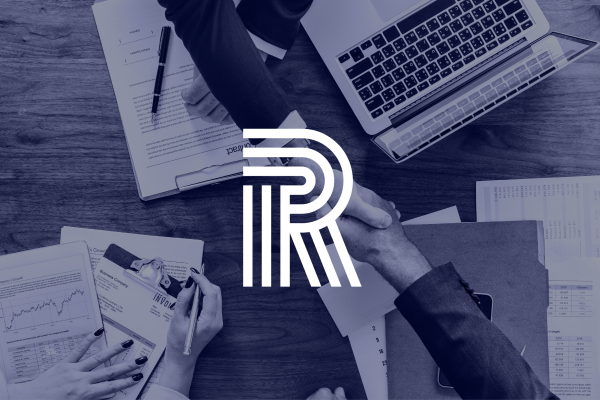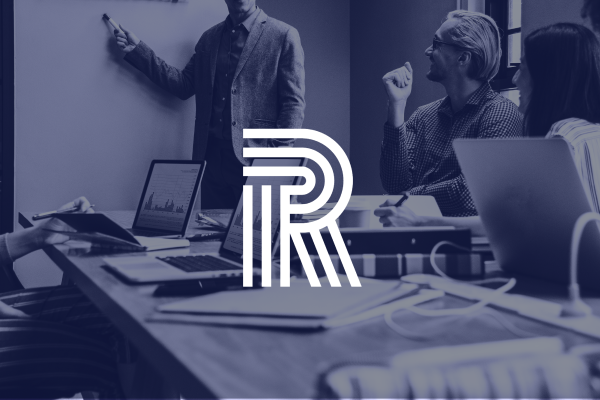
Developing a data-driven approach to DE&I
Recent years have seen Diversity, Equity and Inclusion (DE&I) initiatives gain momentum, a consequence from the growing realisation that organisations have an imperative to be culturally relevant and representative of the diversity of their consumers, showcasing a diversity of thought internally.
In this context, companies now face the challenge of setting meaningful goals and implementing a solid measurement and evaluation process allowing them to disclose their progress, steer their short-term and long-term efforts, and ultimately demonstrate their commitment to advancing on their DE&I journey.
As organisations learn to navigate DE&I goal setting and reporting, many settled on sharing representation data, disclosing the makeup of their workforce in terms of gender, race or ethnicity. As of April 2022, the UK Financial Conduct Authority (FCA) formalised this approach requiring listed companies to disclose information regarding the representation of women and ethnic minorities against targets, both on their boards and executive management teams. Similarly, the latter is set to be introduced in the European Union in 2024 and legislated in the US by 2025. Nonetheless, organisations that want the best reputations will be seeking to gather and disclose this data anyway, regardless of formal requirements.

"Approaching DE&I through the lens of standard diversity metrics only has its shortcomings."
Diversity data on its own provides a partial indication of the DE&I state of play within an organisation: not only is it simply a snapshot of the makeup of the workforce which doesn’t allow to pinpoint the root of disparities, it is also a lagging measure, meaning it doesn’t reflect the long-term representation outcomes yielded by specific programmes and initiatives. In addition, standalone diversity metrics tend to closet people in wide buckets – e.g., “women”, “Hispanic” etc– oblivious to the fact that people within a same category come from all walks of life, and experience wildly different realities.
Reengineering the approach to DE&I from a data perspective – via the adoption of more complex, tailored and innovative metrics – will allow organisations to go beyond the simple box-ticking exercise and uncover dynamics underpinning inequalities.
Collect intersectional data
Traditional DE&I targets and metrics tend to label groups according to one identity only, such as race, gender, sexual orientation, age. But in doing so, organisations do not recognise the overlap of identities that make individuals multi-faceted beings. Yet, when two or more of these identities subject people to discrimination, the effects of that discrimination will multiply.
The case for intersectionality gained prominence in 1989, when a group of Black women sued General Motors for discriminatory practices and the law failed to recognise how the overlap of both their identities as Black and female resulted in a different experience than a Black male or a White female and accrued discrimination. Benefits of approaching DE&I through this intersectional lens are twofold: not only does it allow organisations to form a much more accurate picture of the makeup of their workforce and collect data at a very granular level (e.g. the percentage of Black women at executive level), but it also helps them to uncover new spaces in which disparities exist, that could have gone unnoticed with a more traditional approach.
Considering DE&I through the prism of intersectionality is an opportunity for organisations to revisit how they develop their DE&I initiatives and embrace a holistic approach – aiming to foster an inclusive workplace benefitting all employees irrespective of their differences– rather than treating inequalities as separate issues. An example would be to look at pay gap holistically, as opposed to pay gap per gender or per ethnicity only.
Complement body-count metrics with process metrics
DE&I data tends to be conflated with basic “body-count” metrics, meaning reporting on the number of people from underrepresented groups in different types of roles – e.g. the number of women at executive level. These are known as “outcome” metrics, which provide a useful indication of bias and help to assess the effectiveness of DE&I programmes and initiatives.
However, outcome metrics only highlight discrimination as a fait accompli, and do not allow companies to address discrimination as it happens. But process metrics will bridge that gap via data collection across each touchpoint in employee journey: recruitment, resume review, interviewing, offer negotiation, employee evaluations, promotions. When cross-referencing that data with body-count metrics, organisations are able to identify where issues arise, and take appropriate corrective measures: inequalities rooted in the lack of the diversity of the talent pool will result in additional and more targeted outreach, whereas interview bias shall be corrected via unconscious bias training and a more structured set of questions assessing job-specific skills.
Outcome and process metrics are therefore very much complementary, and organisations integrating both in their measurement and evaluation plans will be able to bring about meaningful change and come closer to achieving their diversity goals.
Conduct employee consultations to substantiate quantitative data
In many cases, organisations tend to rely on quantitative data over qualitative data, and the subject of DE&I is no exception. Quantitative data is associated with tangible measures, easier to assess, whereas qualitative data can be perceived as more subjective and requiring more interpretation.
Yet quantitative data on its own can lack the substance and contextualisation companies need to steer their DE&I policies. Metrics will give an accurate representation of the makeup of the workforce and help flagging inequalities, but they won’t help companies understand how employees experience diversity, inclusion, and ultimately belonging – that sense of connection and commitment – within the workplace. Conducting employee consultations however – including exit interviews – will enable them to collect first-hand accounts of experiences leading to this specific outcome, such as examples of exclusion, discrimination, or bias encountered in the workplace. Finally, it is important to note that employees needn’t be limited to pointing to problems and biases: instead, companies have this incredible opportunity to enable their workforce to take accountability and co-create a DE&I roadmap that resonates with everyone.
Organisations that give employee feedback equal consideration as quantitative data will then be able to identify drivers of inclusion – such as compensation, work-life balance, respect and devise relevant policies to foster a more inclusive culture and workplace, and ultimately move the needle on DE&I.
While DE&I is on track to becoming an imperative, an almost “hygiene” factor, now is your chance to get to the drawing board and convene your employees to think about how to elevate your approach to DE&I and devise a solid measurement and evaluation framework to support your DE&I ambitions. A comprehensive M&E framework should consider the intricate tapestry of identities co-existing in each individual, combine different types of metrics to enable cross analysis and uncover sources of inequalities, and include your employees’ feedback and contributions to the DE&I effort.



